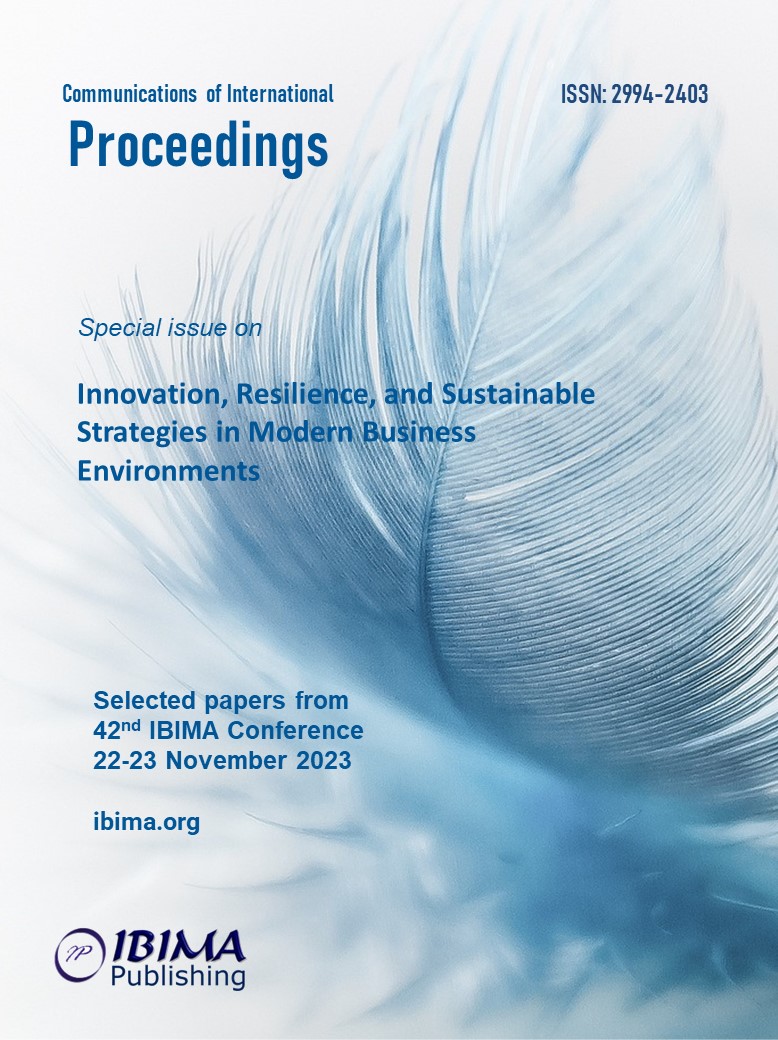
Maciej GLINIAK, Arkadiusz BIESZCZAD, Beata CHUDY and Mirosława SKIBA
University of Agriculture in Krakow, Mickiewicza Av. 21, 31-120 Krakow, Poland

Combining two or more means of transport is an opportunity to achieve greater energy savings when transporting goods over longer routes. Depending on the type of transport branches involved in intermodal transport, there are three basic variants of intermodal transport: land-sea container transport, rail-road transport, and land-ferry transport. Intermodal land transport is defined as transport using mainly rail and road transport. The work analyzed the energy consumption of the route from China to Poland using the EcoTransIT World greenhouse gas and exhaust emission calculator. The amount of energy consumed was calculated using the WTW (Well-to-Wheel) method, which takes into account the phase of obtaining or producing fuel, its transport, distribution and the stage of use by vehicles, and the TTW (Tank-to-Wheel) analysis starting from the stage of filling the tank of a given tank. means of transport until the vehicle starts operating. Land intermodal transport from China to Poland offers an opportunity to speed up the transport of goods, but based on the calculations of the greenhouse gas and exhaust emission calculator, it is still highly energy-intensive compared to the transport of goods using sea corridors. However, the idea of the Silk Road and the large financial outlay invested by China in its development open up opportunities to improve the energy consumption parameters for this type of transport.